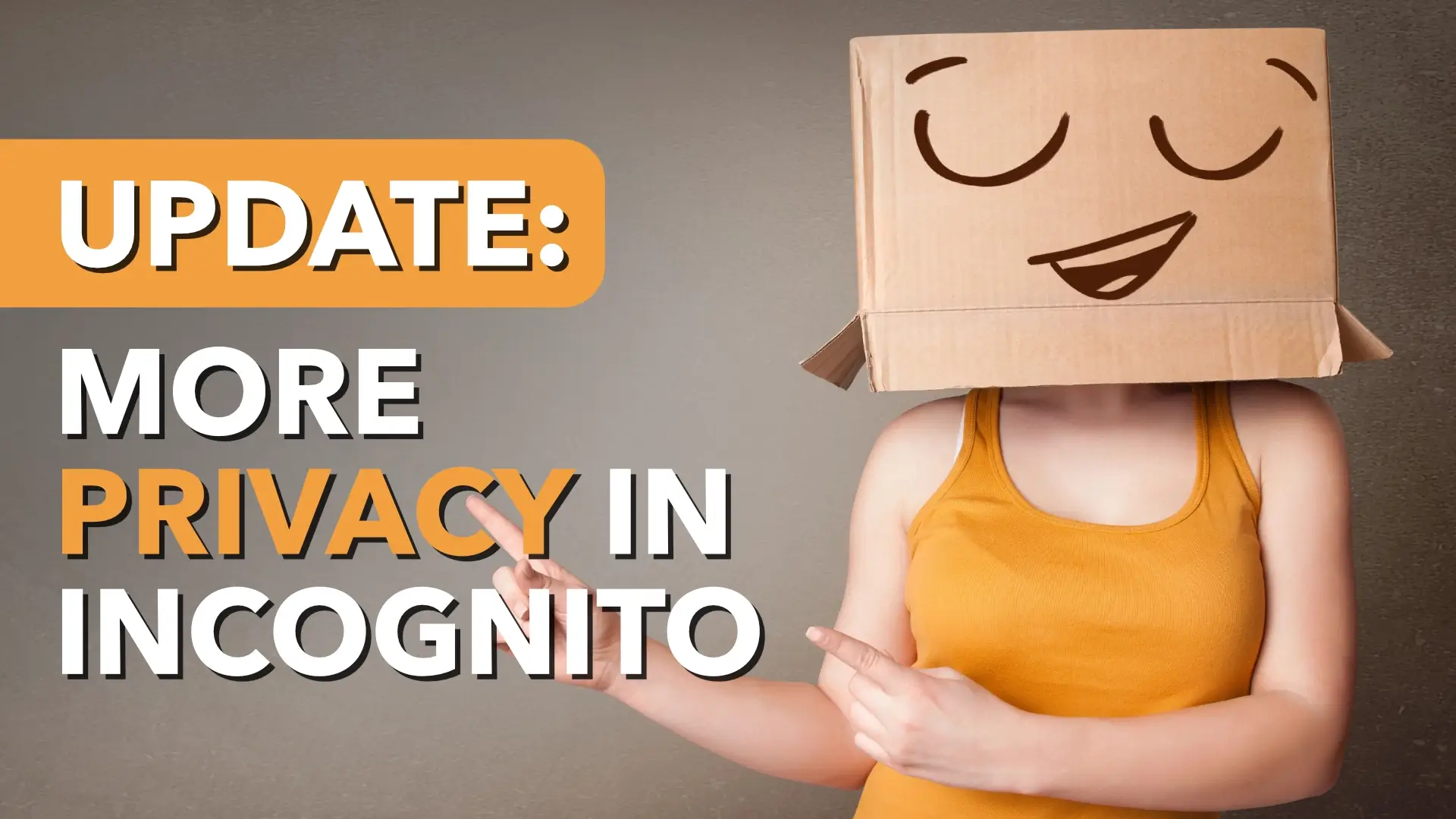Most business owners have used a private browser window at some point. Maybe to log into a personal account, access financial records, or test something away from your usual profile. And let’s be honest, there’s a sense of security when that little “Incognito” icon shows up.
But that peace of mind is often based on assumptions.
Let’s break down what private browsing actually does, what it doesn’t do, and how a recent Microsoft and Google update finally closed one of the sneakier privacy gaps: clipboard data exposure.
What Private Browsing Actually Does
When you open a private or incognito browser window in Chrome, Edge, or Firefox, you’re starting a session that won’t leave traces on your device once you close it.
Here’s what that means:
- Your browsing history isn’t saved.
- Cookies and site data are erased when the window is closed.
- Autofill, passwords, and cached files aren’t stored.
For a quick, one-off task, that’s usually more than enough. It’s a clean, temporary session with no digital breadcrumbs left behind.
But here’s the catch. Private browsing does not:
- Hide your online activity from your internet provider or IT administrator.
- Mask your location or IP address.
- Prevent whatever you copy to your clipboard from sticking around, or from going places you didn’t expect.
And that last part is where things get tricky.
The Clipboard Problem You Didn’t Know You Had
Let’s say you’re in an Incognito window reviewing sensitive vendor pricing, customer data, or anything confidential. You copy something to paste into an email, spreadsheet, or internal message. That content now lives in your system clipboard.
Now what?
- It’s available to any app on the device, not just the browser.
- On Windows 10 and 11, it may be stored in clipboard history.
- If you use Microsoft’s Cloud Clipboard, it might even be synced across devices that are logged in with the same account.
So now that private information could show up somewhere unexpected, such as a shared computer, another synced device, or simply remain in clipboard history longer than you intended. It’s a quiet risk that most businesses never consider, but it’s real.
The Fix That Makes Incognito More Private
Fortunately, this issue finally got attention. Microsoft and Google recently rolled out an update for Chromium-based browsers like Chrome and Edge that plugs the clipboard gap.
Here’s what’s new:
- Anything copied in an Incognito session is flagged as private.
- That data will not be saved in clipboard history.
- It also won’t sync to other devices through Cloud Clipboard.
If you copy something while using a private window, it is now treated just like the rest of your private session. It stays temporary and local only.
This is a quiet but meaningful improvement. For businesses juggling sensitive data or shared systems, it’s a step in the right direction.
What You Should Do About It
This update is helpful, but it only works if a few things are in place:
- You are using a modern browser like Chrome or Edge.
- Your Windows devices are fully updated.
- You haven’t disabled this feature through group policies or IT controls.
Here are some easy steps to help keep your business protected:
- Review your clipboard settings, especially if you have shared or remote devices.
- Train your team on what private browsing protects and what it doesn’t.
- Disable Cloud Clipboard syncing on systems that handle sensitive information.
- Stay up to date with Windows and browser updates. These privacy features only help if they’re turned on and working.
This isn’t about overcomplicating things. It’s about knowing where the blind spots are and making a few smart moves to close them.
Private browsing has become a little more like what we thought it was all along. But it’s still not a silver bullet. It helps, but only when combined with good habits and up-to-date tools.
Does your team know what “private” really means when it comes to online work and data sharing?
